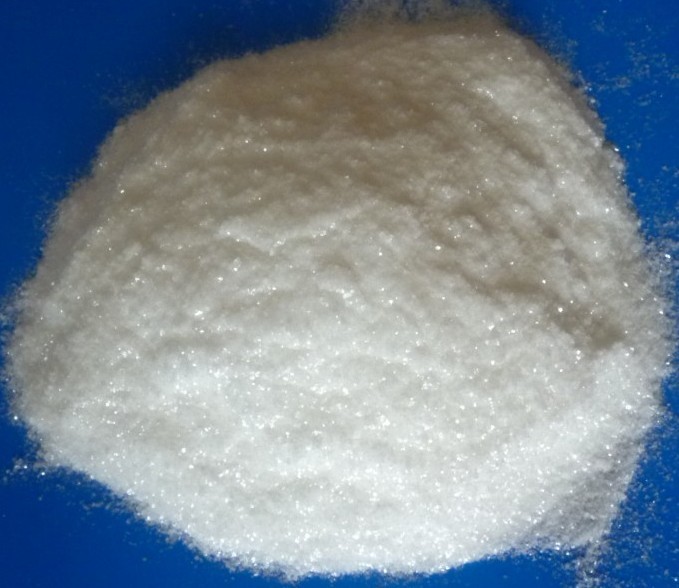The allyl double bond (C=C) and sulfonate group (-SO₃Na) in sodium methallyl sulfonate (SMAS) can undergo oxidation, affecting its stability and performance. Below are the oxidation mechanisms and prevention methods.
1. Oxidation Mechanisms
(1) Double Bond Oxidation
- Reaction Type: Radical oxidation (catalyzed by light, heat, or metal ions)
- Products: May form epoxides, aldehydes, ketones, or carboxylic acids, reducing SMAS polymerization activity.
- Influencing Factors:
- Oxygen (O₂): Accelerates radical chain reactions.
- Metal ions (Fe³⁺, Cu²⁺): Catalyze oxidation, causing yellowing.
- UV light: Triggers photo-oxidative degradation.
(2) Sulfonate Group Oxidation
- Reaction Type: Under strong oxidants (e.g., H₂O₂, NaClO), sulfonate groups may oxidize into sulfate (SO₄²⁻), leading to functional loss.
- Conditions: Requires strong oxidative environments (e.g., pH < 2 or high temperatures >100°C).
2. Effects of Oxidation on SMAS Performance
| Oxidation Type | Observable Signs | Consequences |
|---|---|---|
| Double bond oxidation | Yellowing solution, increased viscosity | Reduced polymerization activity, broader copolymer molecular weight distribution |
| Sulfonate oxidation | SO₂ odor, pH drop | Weakened ion-exchange capacity, reduced salt tolerance |
| Metal-catalyzed oxidation | Rapid discoloration (brown-black precipitate) | Complete degradation, potential system clogging |
3. Measures to Prevent SMAS Oxidation
(1) Storage Protection
- Oxygen exclusion: Store under nitrogen or vacuum sealing.
- Light protection: Use amber bottles or aluminum foil bags.
- Low temperature: Long-term storage at 4-10°C (refrigeration recommended).
(2) Add Stabilizers
- Radical scavengers:
- Hydroquinone (HQ, 100-500 ppm)
- Vitamin C (for aqueous systems)
- Metal chelators:
- EDTA-2Na (0.1-0.5%)
- Sodium citrate (eco-friendly option)
(3) Process Control
- Avoid high temperatures: Keep reaction temperature ≤80°C (use nitrogen purge for high-temperature applications).
- pH adjustment: Maintain neutral to weakly alkaline conditions (pH 7-9) to suppress sulfonate degradation.
4. Detection Methods for Oxidation Products
- Colorimetric analysis: UV-Vis spectroscopy (oxidation products typically absorb at 300-400 nm).
- Iodometric titration: Measures residual double bonds (oxidation reduces C=C content).
- HPLC: Analyzes sulfonate degradation products (e.g., sulfate ions).
5. Application Precautions
- Oilfield chemicals: Additional chelators are needed in Fe³⁺-rich formation water.
- Polymerization: Oxidized SMAS should be purified (e.g., activated carbon adsorption) before use.
- Wastewater treatment: Oxidative degradation may produce trace SO₂, requiring alkaline scrubbing.
For customized anti-oxidation solutions in specific conditions (e.g., high-temperature/high-salinity reservoirs), further optimization is available!







